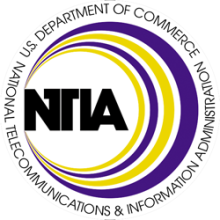Wanna Be a Wonk? Understanding Regulatory Capture
In the world of essential infrastructure, thousands of years of history have taught us that entities, acting on their own narrow interest, cannot be trusted to build or govern the building blocks of commerce or transportation. The temptation to abuse that powerful position has always proved too much for those without accountability to the public.
For instance, if the only way to move goods is a canal, private canal owners will price at a high level or use their position to take a stake in all the industries using the canal. Such an arrangement is great for the canal owners but poor for the rest of society. Witness the history of canals and railroads.
Two options to dealing with this problem have historically been either regulation or public ownership of such infrastructure. Readers of this site are undoubtedly well aware of our preference for public ownership - a structural approach using coops, local government, or non-profits to ensure the interests of the public at large receive the highest priority.
This post explains one of the reasons a regulatory approach, whereby private companies still own the infrastructure (and often make key decisions) but must go through some form of public body that is supposed to prevent the natural interests of the private company from taking over and reducing the benefits to society at large.
Writing in the Financial Times, John Kay explains regulatory capture, the process by which the agency or commission supposed to regulate effectively begins to act more in the interests of those regulated rather than the public. An obvious example of this is the Minerals Management Agency that has long improperly overseen the extraction industry, leading to the BP Gulf Oil Hole.
As Kay rightly explains, there are multiple kinds of capture from outright corruption to something that leads some political science geeks bring up Gramsci and Hegemony...
But the most common form of capture is honest and may be characterised as intellectual capture. Every regulatory agency is dependent for information on the businesses it regulates. Many of the people who run regulated companies are agreeable, committed individuals who are properly affronted by any suggestion that their activities do not serve the public good.



